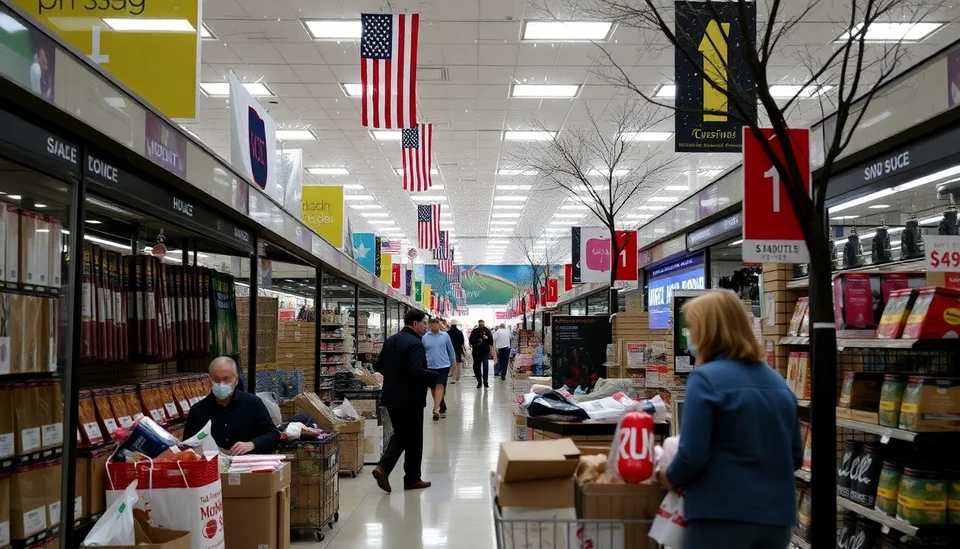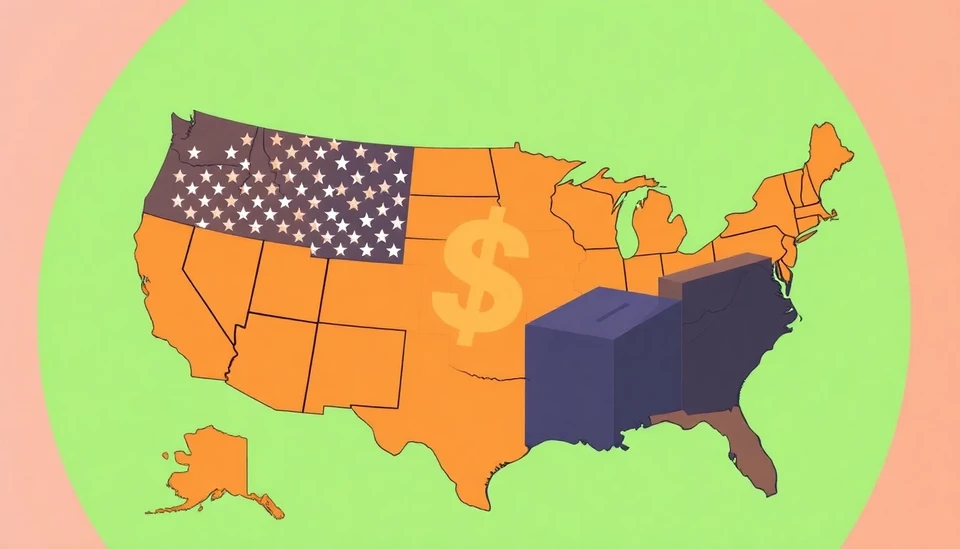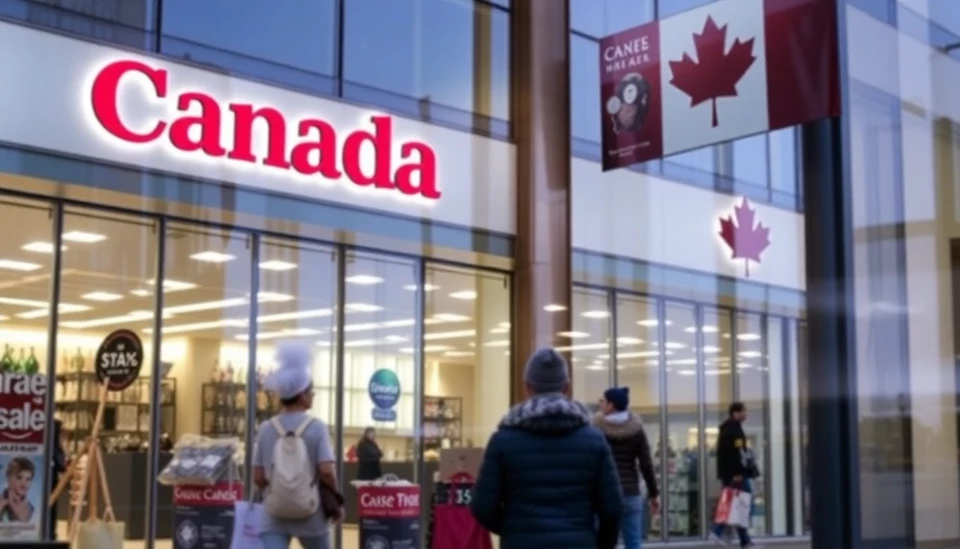
In a concerning economic development, the U.S. retail sales figures for January have shown a significant decline, dropping by 1.9%, marking the most extensive monthly decrease since December 2022. This downturn follows a series of natural disasters, including devastating storms and wildfires, which exacerbated challenges for both consumers and retailers across the nation.
The catalyst for this sharp decline appears to stem from a combination of external factors. A particularly brutal winter led to severe storms that disrupted shopping patterns during a crucial period for retailers. These extreme weather events coincided with localized fires that destroyed homes and businesses, further impacting consumer confidence and spending habits.
Retail industry experts indicate that shopping trends in January are typically reflective of the holiday season preceding it. However, with the added pressures from natural disasters, many consumers found themselves tightening their budgets. The forced relocation of families and the significant financial burden caused by damaged homes severely limited disposable incomes. This shift in consumer behavior led to reduced sales across numerous sectors, with discretionary spending taking the biggest hit.
Online sales, which had seen a notable surge in previous months, also felt the impact of this downturn. Many consumers, grappling with the aftermath of the storms, opted for essential purchases over non-essential items. Significant retailers reported notable drops in sales for apparel and home goods, sectors that usually thrive post-holiday season.
Furthermore, data analysis suggests that grocery sales were a rare exception to this trend, experiencing modest growth as consumers continued to focus on their basic needs amidst the tumultuous conditions. However, this increase is not enough to offset the overall declines seen throughout the retail sector.
Economic analysts are predicting that the continued effects of these natural disasters, combined with inflationary pressures and rising interest rates, may lead to a prolonged period of reduced consumer spending. Retailers are now forced to reassess their strategies, considering how to navigate these unpredictable market conditions while safeguarding their operations.
As the retail sector braces for these challenges, the hope remains that improved weather conditions and potential relief measures will help restore consumer confidence in the coming months. Until then, the impact of January's retail downturn continues to reverberate through the economy, signaling a cautious approach for both consumers and businesses as they prepare for future uncertainties.
In summary, the latest retail sales report highlights a critical moment for the U.S. economy, where external events, namely natural disasters, have drastically shifted consumer spending trends. Stakeholders within the retail industry must now strategize effectively to address these recent challenges and anticipate the needs of a recovering consumer base as they look toward the future.
#RetailSales #EconomicChallenges #ConsumerSpending #USEconomy #NaturalDisasters #RetailTrends #Inflation #Storms #Wildfires #MarketAnalysis
Author: Rachel Greene




